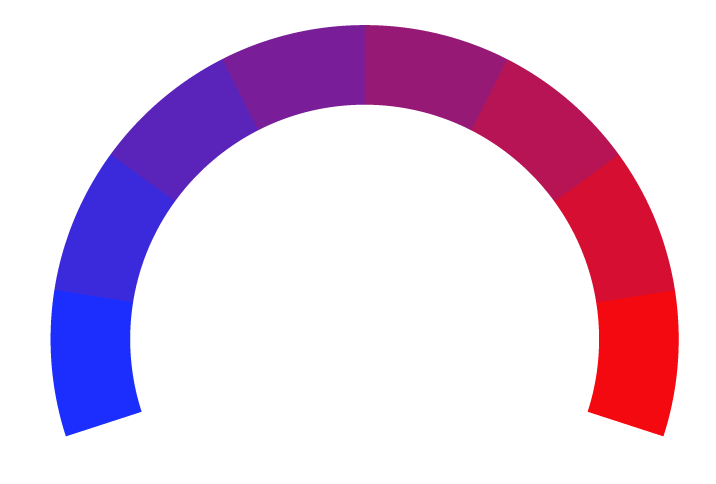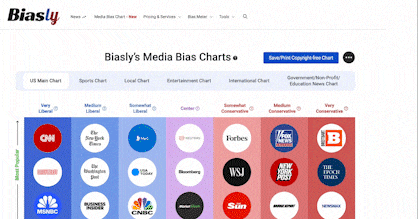Could Trump tariffs fuel a 1930s-style collapse in trade? By Investing.com
- Bias Rating
28% Somewhat Conservative
- Reliability
35% ReliableAverage
- Policy Leaning
68% Medium Conservative
- Politician Portrayal
-63% Negative
Continue For Free
Create your free account to see the in-depth bias analytics and more.
Continue
Continue
By creating an account, you agree to our Terms and Privacy Policy, and subscribe to email updates. Already a member: Log inBias Score Analysis
The A.I. bias rating includes policy and politician portrayal leanings based on the author’s tone found in the article using machine learning. Bias scores are on a scale of -100% to 100% with higher negative scores being more liberal and higher positive scores being more conservative, and 0% being neutral.
Sentiments
-44% Negative
- Conservative
| Sentence | Sentiment | Bias |
|---|---|---|
Unlock this feature by upgrading to the Pro plan. | ||
Reliability Score Analysis
Policy Leaning Analysis
Politician Portrayal Analysis
Bias Meter
Extremely
Liberal
Very
Liberal
Moderately
Liberal
Somewhat Liberal
Center
Somewhat Conservative
Moderately
Conservative
Very
Conservative
Extremely
Conservative
-100%
Liberal
100%
Conservative

Contributing sentiments towards policy:
62% : Following the Smoot-Hawley Tariff Act of 1930, which dramatically raised U.S. import duties to record levels, trading partners responded in-kind fueling vicious trade war that contributed to a collapse in global trade that exacerbated the Great Depression.47% : As well as the changing makeup of global trade, recent history has shown that the United States' trading partners prefer an approach of damage limitation rather than escalation against Trump tariffs, reducing the odds of a significant global trade war.
30% : " The renewed concerns about tariffs come in the wake of Trump threatening to impose a 25% tariffs on Mexico and Canada.
22% : In a sign showing the efficacy of Trump's tariff threat, Colombia backed down from a trade war with the U.S., withdrawing its retaliatory tariffs after Trump threatened the country with tariffs and visa restrictions for refusing to accept a US military aircraft carrying deported migrants.
*Our bias meter rating uses data science including sentiment analysis, machine learning and our proprietary algorithm for determining biases in news articles. Bias scores are on a scale of -100% to 100% with higher negative scores being more liberal and higher positive scores being more conservative, and 0% being neutral. The rating is an independent analysis and is not affiliated nor sponsored by the news source or any other organization.
























 Investing
Investing